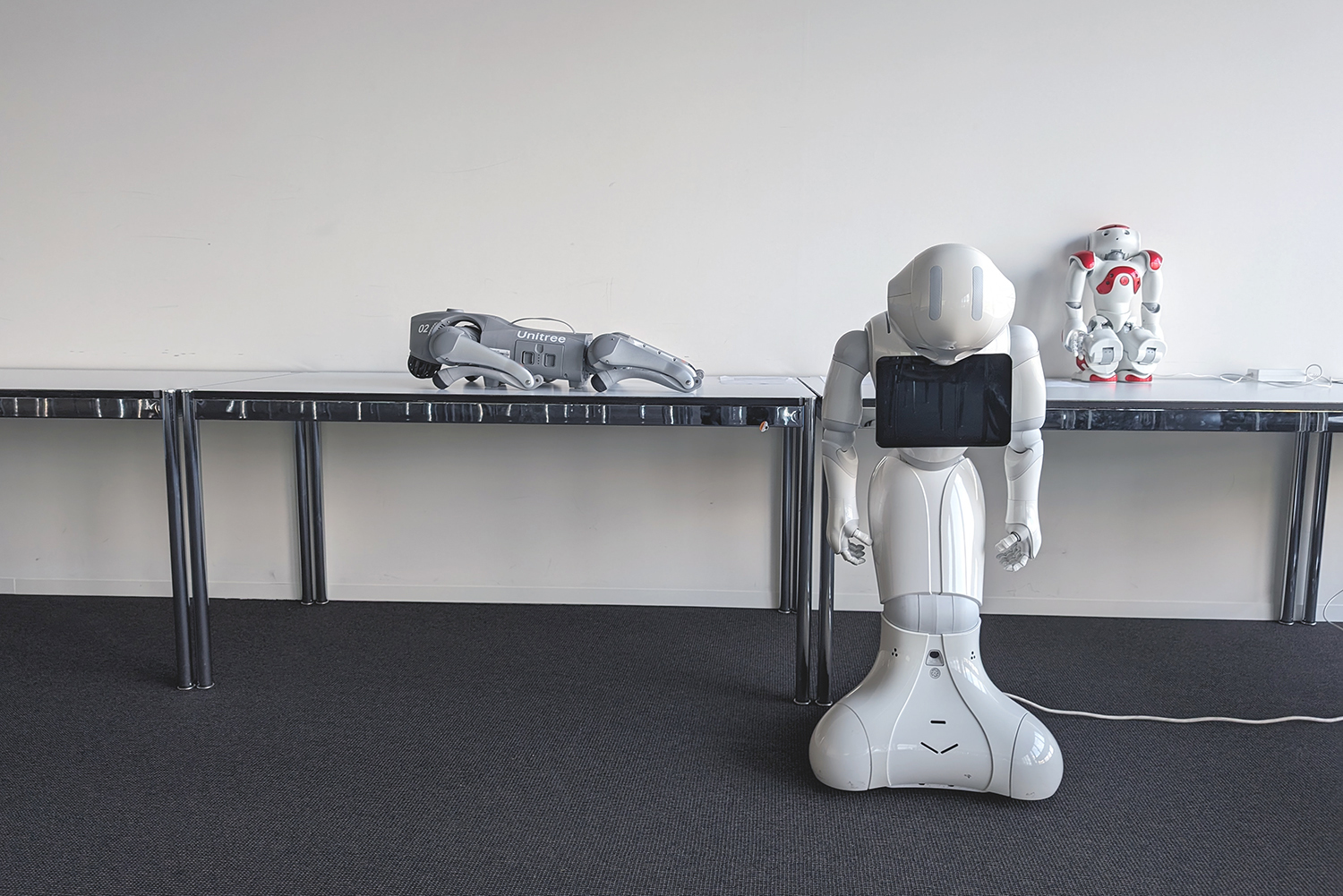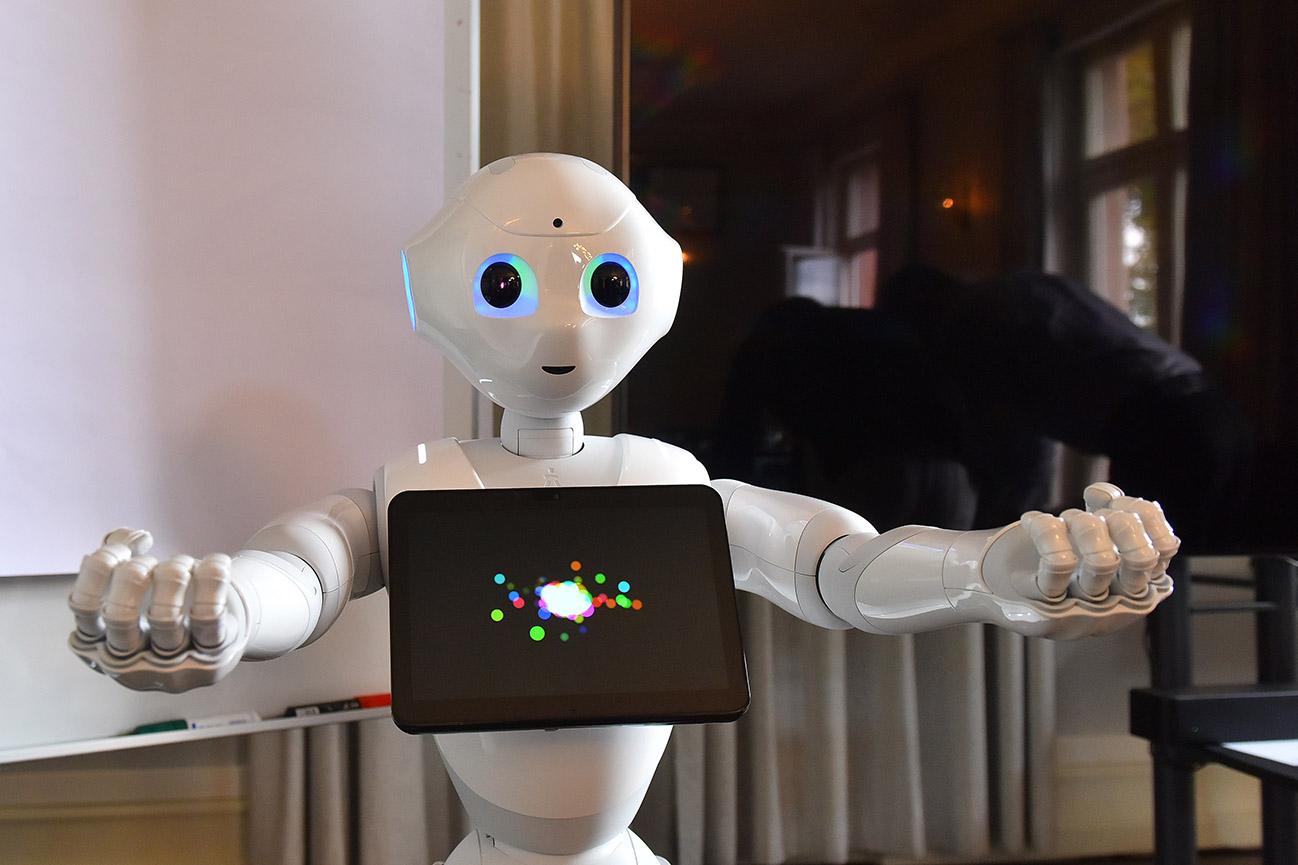Following the recent news that French robotics company Aldebaran has entered judicial liquidation, RobotLAB has issued a press release to reassure customers and partners of continued support for NAO and Pepper robots. A new company, NAO Robotics SA, is being formed to acquire Aldebaran’s intellectual property and engineering team. Development on the next-generation NAO V7 has already resumed. RobotLAB, a long-time NAO partner since 2009, remains fully operational with robots, parts, and support services in stock. With over 6,500 NAO robots deployed, the company continues to provide training, repairs, and educational tools, including the recently launched NAO AI Edition with ChatGPT integration. RobotLAB emphasized there will be no disruption for current customers and views this transition as a new beginning for the NAO platform.
The Aldebaran Story Comes to an End
On June 2, 2025, Aldebaran announced the end of the “Aldebaran Story” in a video. The video recounts the history of the company. Founded in 2005 by Bruno Maissonier of France, NAO, one of the best-known social robots to date, was launched the following year. The company has sold 20,000 units, primarily to universities and research institutes. These institutions then developed applications for children and the elderly. In 2012, SoftBank invested in the company so that Pepper could be built. Seventeen thousand units were produced. They sold out in 2024. Once again, researchers and developers created numerous applications for Pepper. In 2021, the United Robotics Group, backed by the RAG Foundation, invested in the company and moved production back to Paris. That marked the beginning of the end. Plato was created as a competitor to the Chinese BellaBot. However, Aldebaran’s and the United Robotics Group’s problems were apparent by the beginning of 2025. In March, Aldebaran announced its insolvency. Buyers were sought, but to no avail. At the beginning of June, the company announced the end of its history.
Is it time for NAO II and Pepper II?
NAO and Pepper from Aldebaran – part of the United Robotics Group – are flagships of social robotics. The smaller one saw the light of day in 2006 (in the meantime version 6 is available), the larger one in 2014, and they are both adored at university events such as Prof. Dr. Oliver Bendel’s elective modules on social robotics at the FHNW or in companies. Everyone appreciates the cartoonish design and natural language skills. And they laugh their heads off when they stroke Pepper and it says it feels like a cat. For some time now, there have been robots with two separate displays for the eyes, such as Alpha Mini, or with a display for the mouth, such as Navel. Unitree Go2 and Unitree H1 have amazing mobility. The community is asking when NAO II and Pepper II will be released, not as new versions but as new models. However, it’s a bit like the VW Beetle. It is very demanding to reissue a classic, and old fans are quickly disappointed, as the New Beetle and Beetle II have shown. NAO II and Pepper II should also have two separate displays for their eyes. The Navel displays, which have a three-dimensional effect, can be used as a model. For Pepper, displays for the mouth and cheeks could also be considered. This would allow it to display facial expressions and blush when you pay it a compliment. Or it would smile when you stroked it. The bodies would also need a general overhaul. Both social robots should – Cozmo is a role model here – look alive at all times. And both should at least be able to grasp and hold something, like a Unitree H1. At the same time, both should be instantly recognizable. VW has probably learned from the reactions of disappointed fans. Perhaps the companies should sit down together. And bring a Beetle III, a NAO II, and a Pepper II onto the market in 2025.
The Revival of Pepper
United Robotics is taking over “the European robotics branch” (Handelsblatt, April 12, 2022, own translation) of SoftBank, according to a report in the Handelsblatt, with the aim of reviving the Pepper social robot, among other things (Photo: Daimler and Benz Foundation). The Japanese company announced the year before last that it would forgo further development and production of its flagship product and focus on service robots. NAO and Pepper originally came from the French company Aldebaran, which was then acquired by SoftBank. Amazing things now seem to be happening under the umbrella of the RAG Foundation. The intention is to “form a European robotics champion” (Handelsblatt, April 12, 2022, own translation), as Thomas Hahn of the Automation and Robotics division is quoted. Formally, the acquisition of SoftBank’s European robotics business is a merger. “The Japanese will contribute their division to United Robotics Group and receive a 24.9 percent stake in return.” (Handelsblatt, April 12, 2022, own translation)



